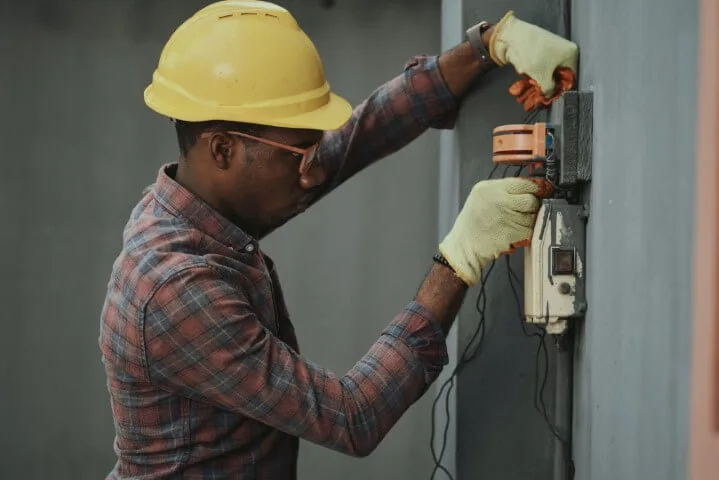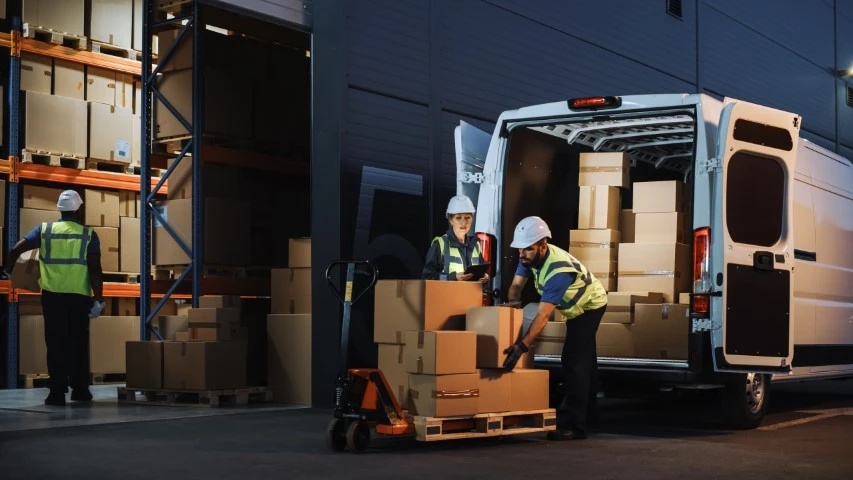The Physical-Transition Risk Nexus: A Blind Spot Vendors Are Racing To Solve

The Physical-Transition Risk Nexus: A Blind Spot Vendors Are Racing To Solve
Climate risks – both physical and transition – are now central concerns for investors, asset owners, insurers and banks. These risks increasingly impact asset valuations and financial stability, core pillars of sound financial decision-making. Their effects are already visible, from wildfires on the Isle of Arran to regulatory uncertainty under the Trump administration.
Traditionally, physical and transition risks have been assessed in silos, limiting investors’ ability to understand how they interact with and compound one another. The reality is, these risks are deeply interconnected. To capture the full financial impact of climate change, physical and transition risks must be evaluated together through integrated climate risk assessments.
Failing to do so can result in stranded assets, market disruptions, devaluations, and legal or reputational risk. The dynamic between physical and transition risks is often inverse: strong climate policy can elevate transition risk (e.g. through carbon pricing), while policy inaction amplifies physical risk (e.g. increased hazard frequency or severity). This interplay must be evaluated across sectors and climate scenarios.
For example, sectors exposed to carbon pricing may face limited physical risk, while firms operating in climate-vulnerable regions may have to contend with both carbon pricing and physical risk. This makes it critical to assess risk not just by sector, but at the asset-location level. Moreover, traditional hazard assessments are often backward-looking, whereas climate risks require forward-looking modelling to understand financial materiality over time.
We explore this further in our Smart Innovators report on transition risk data and analytics. One key takeaway is that vendors are rapidly evolving to close the climate risk integration gap, offering platforms that reflect the complex, dynamic relationship between physical and transition risks. A few notable examples:
- S&P Global.
S&P Global combines physical and transition risk data via its Climanomics platform and Climate Credit Analytics tool. Climanomics models asset-level exposure and hazard-related financial losses under various RCPs. Integrated with Oliver Wyman’s analytics, Climate Credit Analytics estimates climate-adjusted creditworthiness across thousands of public and private firms.
- Bloomberg.
Bloomberg’s MARS Climate platform integrates physical and transition risks through the TRACT tool, which models revenue impacts under NGFS and BNEF scenarios. It adjusts asset valuations based on both decarbonization expectations and exposure to acute and chronic hazards.
- LSEG.
LSEG’s Climate MAP and TPI Management Quality frameworks connect emissions performance, governance and hazard exposure to evaluate transition readiness. The Green Revenues Data Model complements this by identifying firms exposed to both stranded asset risks and physical climate impacts.
- ISS STOXX.
ISS STOXX uses a unified Value-at-Risk (VaR) framework to model the financial impacts of both physical and transition risks. Its EVA methodology captures changes in operating costs, revenues and valuations due to carbon pricing, climate policy, and hazards like floods and wildfires. Stranded asset risks are assessed using detailed fossil reserve and emissions data.
Integrated climate risk assessment is quickly becoming essential to safeguard long-term value and navigate a volatile future. While vendors are making progress, many tools still fall short of capturing the full picture. Investors that proactively adopt solutions that bridge physical and transition risks will be better equipped to manage uncertainty and seize emerging opportunities.




















